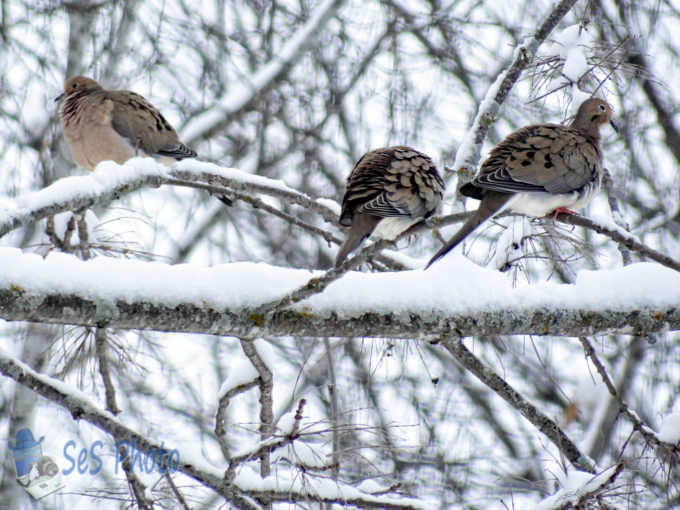The most numerous bird in North America, and perhaps the world, covered the skies for days in the 1850s when an estimated five billion passenger pigeons migrated. Loss of habitat and acorns as a food source from deforestation as well as aggressive and massive hunting of the pigeons for a cheap food source for people and hogs in the 19th century wiped out the existence of any wild passenger pigeons by 1900.
A few captive passenger pigeon were kept in zoos but the captive birds failed to reproduce, and soon only one female remained, even though a $1,000 reward was offered to find a mate for Martha (named in honor of Martha Washington) who lived in the Cincinnati Zoo. Martha had had an apoplectic stroke several years before her death, which left her weak and frail and as she grew older, her keepers had to continuously lower her perch so she could climb up onto it, rather than fly up to the perch.
Martha lived to the age of 29, ancient by pigeon standards, but when she died on September 1, 1914, the passenger pigeon, vanished from the planet. It has been a hundred years since of blue, long-tailed, fast and graceful passenger pigeon, larger than a mourning dove, inhabited the country where it was once so abundant.
Disappearing Pigeon


